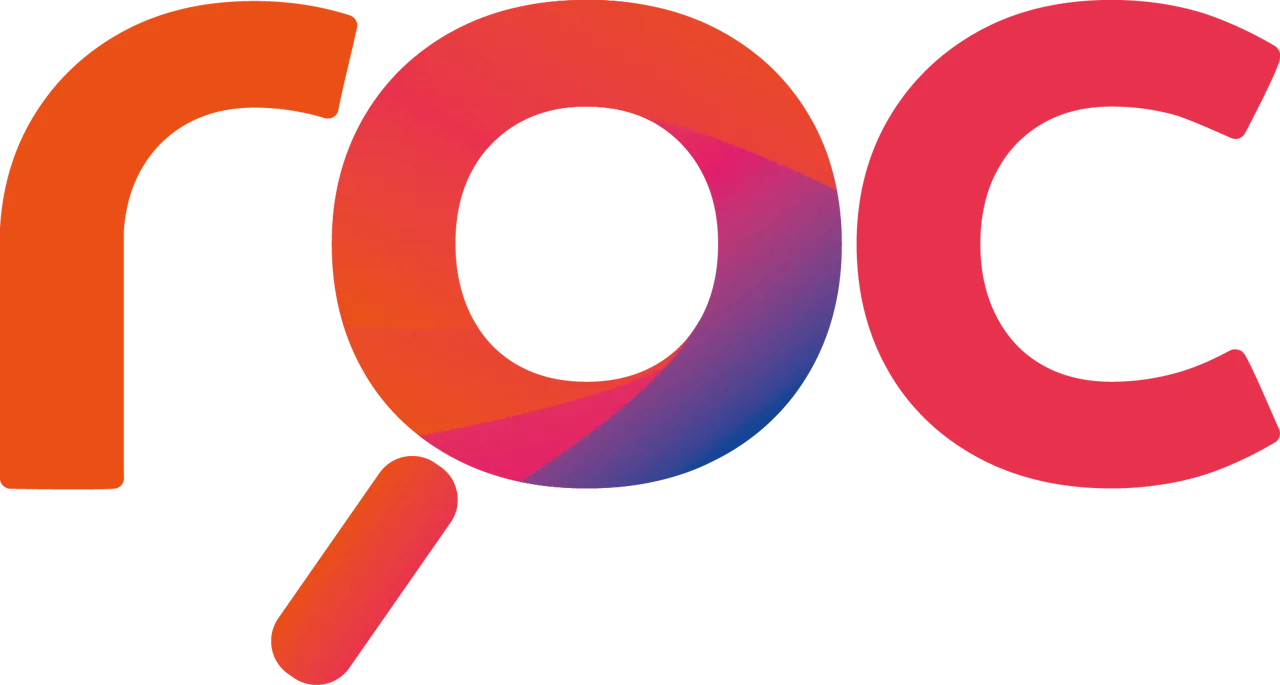If you’ve ever applied for a role online and wondered why you didn’t hear back, it might not be because you weren’t qualified. More often than not, your CV didn’t make it through an Applicant Tracking System (ATS). These systems are used by employers and recruiters to filter applications before they reach a human. At Roc Search, we want to make sure your CV doesn’t get stuck at the first hurdle. Here’s how you can optimise it for ATS systems while still impressing hiring managers.
1. Use a Clear and Simple Layout
- ATS software struggles with overly complex formatting. While your CV needs to be visually appealing for humans, keep it clean and straightforward:
- Use standard fonts like Arial, Calibri or Times New Roman.
- Avoid text boxes, graphics or columns.
- Save your CV as a Word document (.docx) or PDF (if the job description allows).
2. Match Keywords from the Job Description
- ATS tools scan for keywords that match the job requirements. To improve your chances:
- Read the job description carefully and identify repeated skills or phrases.
- Incorporate these into your CV naturally, especially in your skills and experience sections.
- Use both acronyms and full phrases (e.g. "CRM" and "Customer Relationship Management").
3. Focus on Hard Skills and Achievements
While soft skills are important, ATS is designed to identify technical and measurable abilities:
- Highlight key technical skills in a dedicated "Skills" section.
- Use bullet points under each role to show quantifiable achievements. For example: "Reduced downtime by 20% through implementing automated testing."
- Keep descriptions concise and focused on impact.
4. Use Standard Headings
ATS software is designed to recognise common section titles. Stick to traditional headings like:
- Work Experience
- Education
- Skills
- Certifications
- Avoid creative alternatives such as "My Journey" or "What I Bring to the Table" as they may not be picked up.
5. Avoid Hidden Information
Some candidates try to "beat the system" by adding hidden keywords in white text. This often backfires as it can make your CV unreadable to both ATS and recruiters. Always stick to honest, transparent formatting.
6. Tailor Your CV for Each Application
One generic CV for all roles rarely works. Tailoring your CV to the job not only helps with ATS but also makes a stronger impression with hiring managers. Even small changes can make a big difference.
7. Keep It Relevant and Concise
ATS software looks for relevance. Long CVs packed with unrelated detail can dilute your impact. Focus on your last 10 years of experience and ensure each section adds value.
Final Thoughts
Optimising your CV for an ATS doesn’t mean making it robotic. It’s about ensuring your skills and experience are presented in a way that both software and hiring managers can understand. At Roc Search, our Roc Stars are always here to advise and help you position yourself in the best possible light.
If you’d like a CV review or want to know more about opportunities in technology, engineering, life sciences or energy, get in touch with us today.

Latest Insights
We are Roc Search
If you’re hiring into your team or looking for your next career opportunity, you can trust us to find what you’re searching for.


